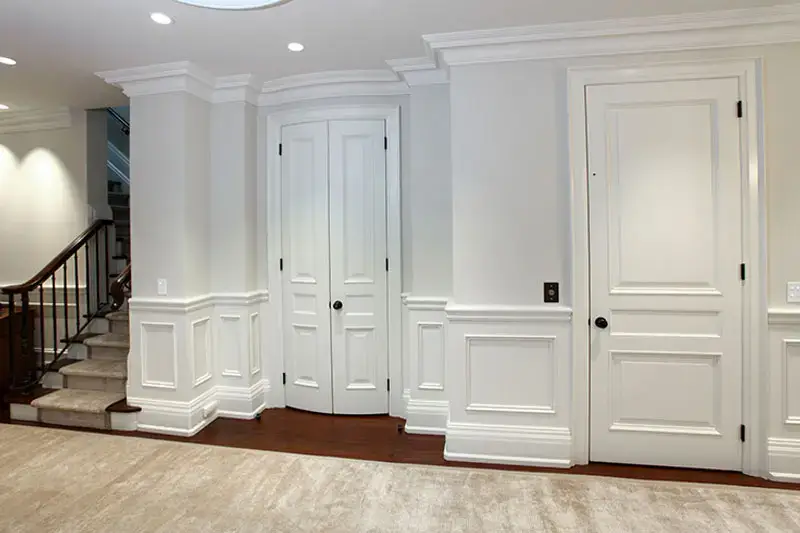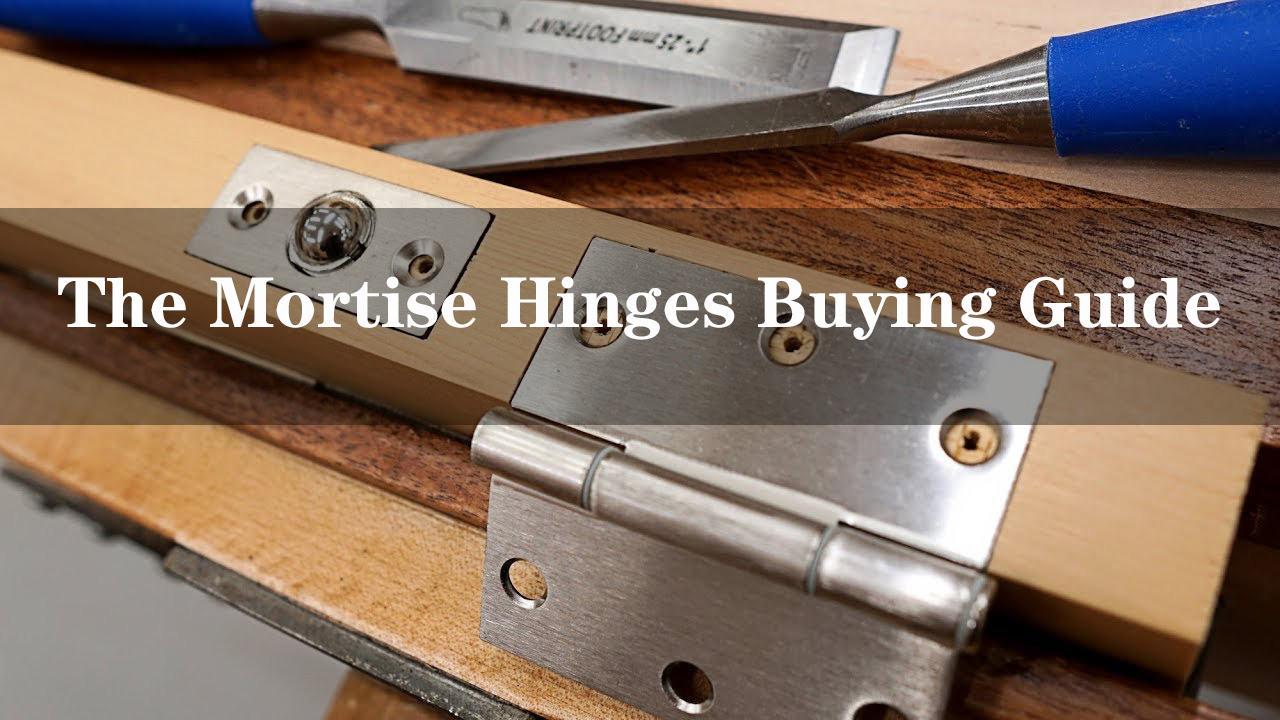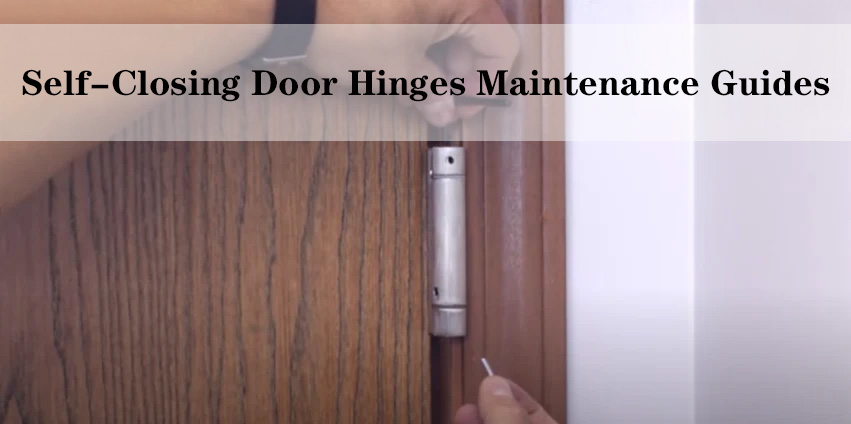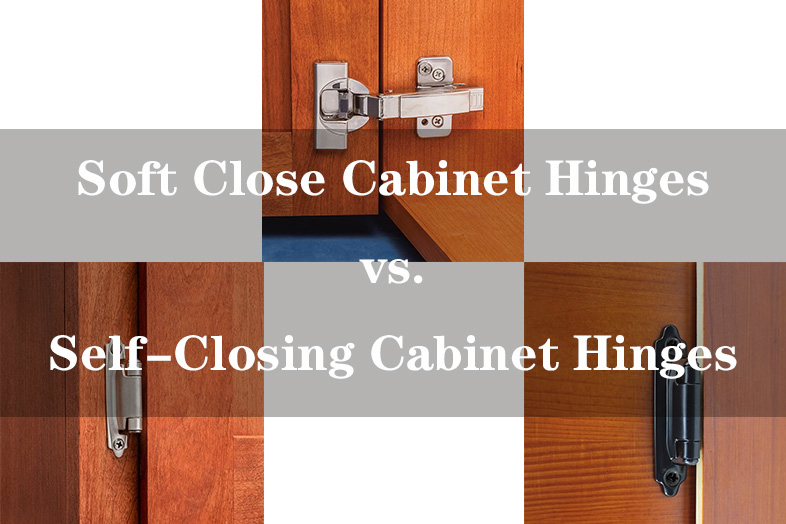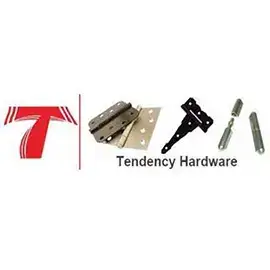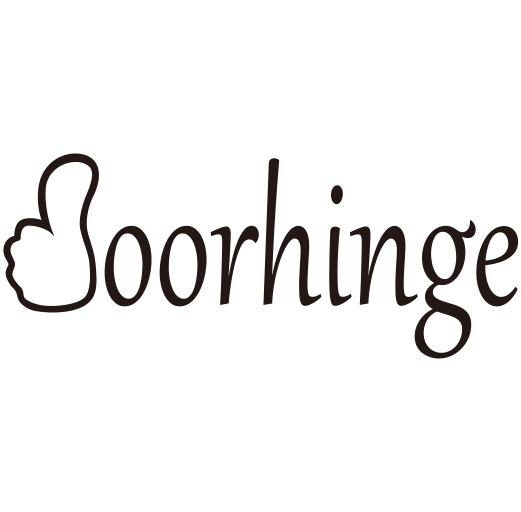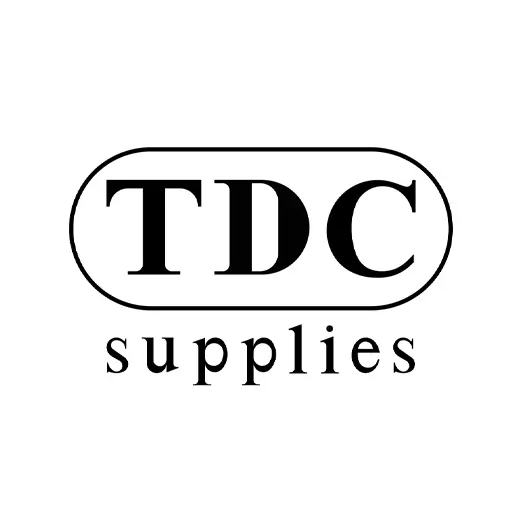Self-closing door hinges may seem like a small addition to your home, but their impact is significant. From enhancing safety to maintaining privacy, these innovative devices are crucial for a well-functioning household. In this blog, we’ll explore the types of self-closing door hinges, their applications, and provide a comprehensive guide on how to buy, install, and maintain them.
Understanding the Types of Self-Closing Door Hinges
Self-closing door hinges are an essential component in many residential and commercial buildings, offering not just convenience but also safety and energy efficiency. Understanding the different types available is key to choosing the right one for your specific needs. Let’s explore the primary types of self-closing door hinges:
1. Spring-Loaded Hinges

These hinges are perhaps the most commonly used type of self-closing door hinges. They operate using a spring mechanism that automatically pulls the door back into a closed position after it has been opened.
Mechanism: Inside the hinge is a spring that gets compressed when the door is opened. Upon release, this spring expands, bringing the door back to its closed position.
Adjustability: Many spring-loaded hinges allow you to adjust the tension of the spring, which means you can control how quickly or forcefully the door closes.
Applications: They are versatile and can be used in a variety of settings, including residential homes for interior doors, cupboards, and gates.
2. Hydraulic Hinges
These hinges use a hydraulic mechanism to ensure a smooth, controlled closing of the door. They are particularly noted for their gentle and silent operation.
Mechanism: They contain a fluid-filled cylinder that controls the speed at which the door closes. This mechanism prevents the door from slamming shut.
Adjustability: The closing speed and force are usually adjustable, allowing for a customized door closing experience.
Applications: Ideal for environments where a silent and smooth operation is preferred, such as offices, hospitals, and high-end residential properties.
3. Magnetic Hinges
Less common but highly effective, magnetic hinges use magnetic force to pull the door closed. These are typically used for lighter doors.
Mechanism: These hinges utilize magnetic attraction between the door and the frame to close the door gently.
Adjustability: While they don’t offer much in terms of adjustability for closing speed or force, they are great for consistent and gentle closure.
Applications: Perfect for lightweight internal doors, cabinetry, or situations where a soft closure is necessary without the need for a strong closing force.
4. Concealed Hinges
Concealed hinges, also known as European hinges, are often used in cabinetry and furniture. While not all concealed hinges are self-closing, many modern designs include this feature.
Mechanism: These hinges are fitted into a cutout in the door and the frame, making them invisible when the door is closed. The self-closing mechanism is typically a spring that pulls the door shut.
Applications: Ideal for kitchen and bathroom cabinets where a clean, seamless look is desired. They also add a touch of elegance to modern furniture designs.
5. Electromagnetic Hinges
These are advanced hinges that can be wired into a building’s electrical system and are often used in conjunction with fire alarm systems.
Mechanism: In normal conditions, these hinges allow the door to operate freely. In the event of a fire alarm or power failure, an electromagnetic mechanism activates, automatically closing the door.
Applications: Primarily used in commercial buildings, particularly in fire doors, to prevent the spread of fire and smoke.
6. Pneumatic Hinges

Similar in function to hydraulic hinges, pneumatic hinges use air pressure to control the closing of the door.
Mechanism: These hinges use a gas-filled cylinder to provide a cushioned and controlled closing.
Applications: Useful in environments where a soft and controlled closing is required, but with a different mechanical approach compared to hydraulic hinges.
7. Butterfly Hinges

Butterfly hinges, while not commonly used as self-closing hinges, can be designed to have a self-closing feature, especially in decorative applications.
Mechanism: Named for their shape resembling a butterfly, these hinges can be fitted with a spring mechanism for a self-closing feature.
Applications: Often used for decorative purposes on gates, small doors, and in rustic or vintage interior designs.
The Benefits of Self-Closing Door Hinges
Self-closing door hinges may initially appear as a minor upgrade in your home, yet their influence extends far beyond their modest size. These ingeniously designed mechanisms play a pivotal role in enhancing various aspects of home life. By automatically closing doors after opening, they contribute significantly to safety, energy efficiency, and privacy.
Enhancing Safety
One of the primary benefits of self-closing door hinges is the enhanced safety they provide. In households with young children or pets, these hinges ensure that doors close securely, preventing accidents and ensuring that little explorers don’t wander into areas where they shouldn’t be. Additionally, for exterior doors, these hinges help in maintaining security by ensuring doors are never inadvertently left open, reducing the risk of unwanted entries.
Preserving Privacy
Privacy is another crucial aspect these hinges help maintain. In settings like bathrooms and bedrooms, it’s easy to forget to close the door completely. Self-closing hinges eliminate this concern, automatically closing the door after each use. This feature is particularly useful in busy households or in situations where one’s hands are full, making it difficult to close a door manually.
Contributing to Energy Efficiency
The impact of self-closing door hinges on a home’s energy efficiency is often underestimated. By ensuring doors are consistently closed, these hinges help maintain the desired temperature in different rooms, contributing to energy savings. This is especially beneficial for exterior doors, where keeping the door closed prevents heat loss in winter and keeps cool air in during summer, reducing the strain on heating and cooling systems.
Aesthetic and Functional Harmony

Beyond their practical benefits, self-closing door hinges can be seamlessly integrated into the aesthetic of your home. Available in various designs and finishes, they can complement your home’s interior and exterior decor, ensuring that functionality does not come at the expense of style.
How to Choose the Right Hinges
When selecting self-closing door hinges, it’s crucial to consider several factors to ensure they meet your needs effectively:
Door Weight and Size: The hinges must be capable of supporting your door’s weight and size. A heavier door will require stronger hinges with a robust closing mechanism. It’s essential to check the manufacturer’s specifications for weight capacity to avoid any sagging or misalignment over time.
Closing Speed and Tension: Adjustable tension is a key feature for controlling the closing speed of the door. This is especially important in homes with children or elderly individuals, where a door that closes too quickly can be a safety hazard. Look for hinges that allow easy adjustment of the tension to find the perfect balance between ease of use and safety.
Material and Durability: The material of the hinge should be chosen based on the location and usage of the door. For instance, brass or stainless steel hinges are great for their rust-resistant properties, making them ideal for exterior doors or bathrooms. For interior doors, you might consider a material that matches or complements your home decor.
Design and Aesthetics: The design of the hinge should blend seamlessly with your door and overall interior aesthetic. Hinges come in a variety of finishes such as brushed nickel, bronze, or matte black, which can add subtle elegance to your door. Consider the color and style of your door hardware to ensure a cohesive look.
Installation Tips
Installing self-closing door hinges can be straightforward if you follow these steps:
Remove Existing Hinges: Start by carefully unscrewing the old hinges from the door and door frame. It’s important to support the door during this process to prevent any damage.
Align the New Hinges: Position the new hinges in the same location as the old ones. This ensures that they fit into the existing cut-outs and align properly with the door and frame. Use a level to confirm that the hinges are perfectly horizontal.
Screw in Place: Fasten the hinges using screws, ensuring they are snug but not overtightened, as this can strip the screw holes or warp the hinge. It’s often helpful to start with the middle screw to secure the hinge in place before adding the others.
Adjust Tension: Refer to the manufacturer’s instructions to adjust the tension. This usually involves turning a screw or inserting a pin. Make small adjustments and test the door’s operation, repeating until you achieve the desired closing speed.
Maintenance for Longevity

Proper maintenance of your self-closing door hinges will extend their life and ensure smooth functionality:
Regular Cleaning: Use a damp cloth to clean the hinges, removing any accumulated dust or debris. Avoid using harsh chemicals that can damage the hinge’s finish.
Lubrication: Apply a silicone-based lubricant periodically to keep the hinges operating smoothly. This is particularly important for hinges in high-use areas or in environments with humidity.
Tension Adjustment: Over time, hinges may require re-adjustment of the tension. If the door starts closing too quickly or slowly, adjust the tension as necessary to maintain the correct speed.
Inspect for Wear and Tear: Check the hinges regularly for any signs of wear, such as loose screws or visible damage. Promptly replace hinges that show significant wear to maintain the safety and integrity of the door.
In conclusion, self-closing door hinges are a valuable addition to any home. They offer convenience, safety, and efficiency, and with the right selection, installation, and maintenance, they can serve your household needs seamlessly for years. By understanding the various types, applications, and care requirements, you can make an informed decision about incorporating these unsung heroes into your home.
